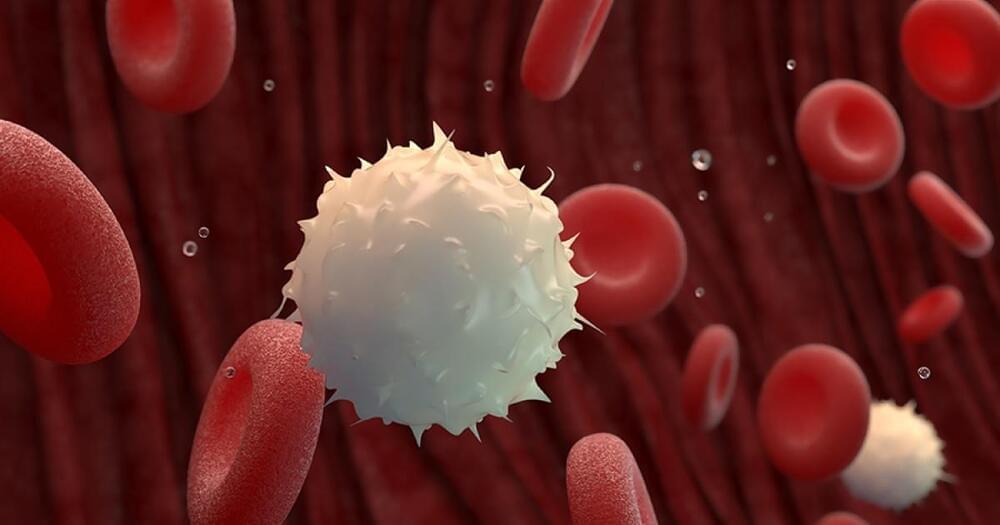A typical vaccine teaches the human immune system to recognize a virus or bacteria as an enemy that should be attacked. The new “inverse vaccine” does just the opposite: it removes the immune system’s memory of one molecule. While such immune memory erasure would be unwanted for infectious diseases, it can stop autoimmune reactions like those seen in multiple sclerosis, type I diabetes, or rheumatoid arthritis, in which the immune system attacks a person’s healthy tissues.
The inverse vaccine, described in Nature Biomedical Engineering, takes advantage of how the liver naturally marks molecules from broken-down cells with “do not attack” flags to prevent autoimmune reactions to cells that die by natural processes. PME researchers coupled an antigen — a molecule being attacked by the immune system— with a molecule resembling a fragment of an aged cell that the liver would recognize as friend, rather than foe. The team showed how the vaccine could successfully stop the autoimmune reaction associated with a multiple-sclerosis-like disease.
“In the past, we showed that we could use this approach to prevent autoimmunity,” said Jeffrey Hubbell, the Eugene Bell Professor in Tissue Engineering and lead author of the new paper. “But what is so exciting about this work is that we have shown that we can treat diseases like multiple sclerosis after there is already ongoing inflammation, which is more useful in a real-world context.”
